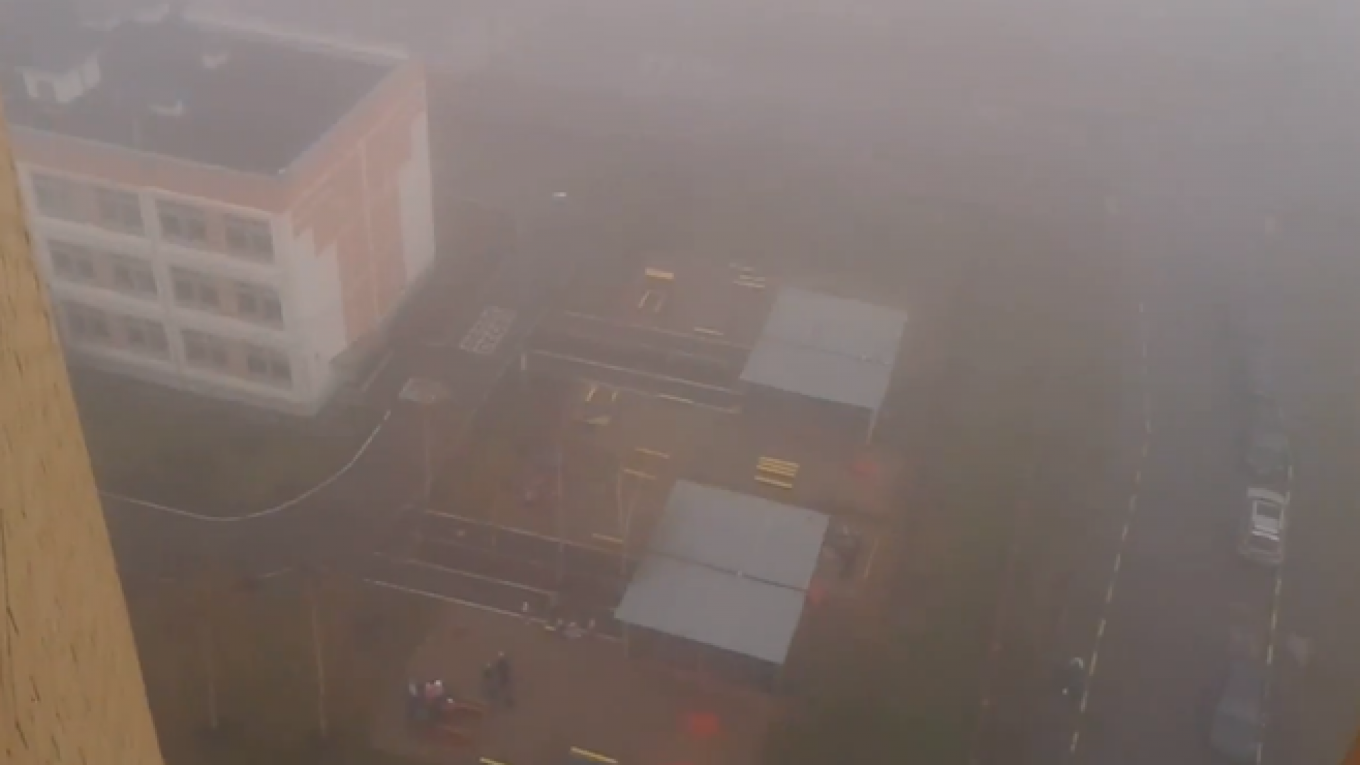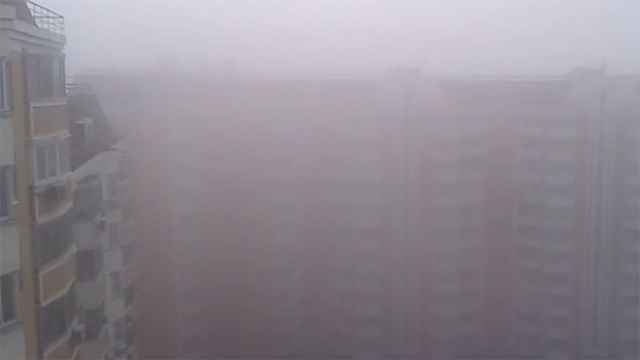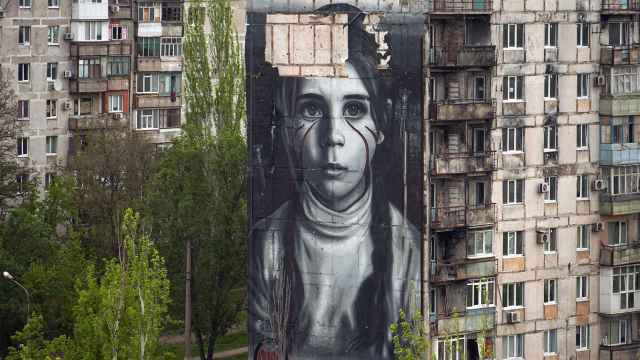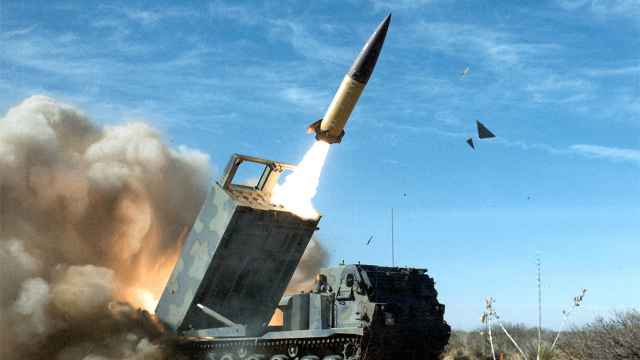The day after a mysterious stench descended on the capital, prompting officials to warn Muscovites to shut their windows and remain indoors, Russia's Emergency Situations Ministry and the federal natural resources watchdog seemed to contradict each other on both the source of the fumes and the chemical in question.
While the Emergency Situations Ministry on Monday determined the fumes wreaking havoc on the city to be hydrogen sulfide, the Federal Inspection Service for Natural Resources Use on Tuesday told Interfax that it was isopropyl benzene, commonly known as cumene.
Widespread media reports had initially blamed the odor on an accident at a Gazpromneft refinery on the city's southern outskirts Monday, but the company denied there had been any incident at its factory.
On Tuesday evening, however, the head of the natural resources watchdog, Konstantin Yeliseyev, identified the Gazpromneft refinery as the culprit, Interfax reported. Yeliseyev said the company had already been served with notification of its environmental mishap.
Yeliseyev's statements contradicted many earlier reports by the emergencies ministry, a representative of which said Tuesday that the air quality in the city had “normalized” after a sevenfold increase in the maximum permissible level of hydrogen sulfide on Monday.
Yeliseyev said the concentration of a different chemical, cumene, was still at 30 times the acceptable level at two different points in the city on Tuesday, Interfax reported.
In other areas of the city where analyses were conducted, he said, the level was at 13 times the norm.
The drastically different reports on both the chemical and its concentration come as numerous federal agencies have jumped in to try and determine the circumstances behind what residents have described as the “rotten egg” smell.
Earlier on Tuesday, Moscow Mayor Sergei Sobyanin urged investigators to develop “a clear understanding of the cause of the accident, so that we can prevent similar occurrences in the future,” Interfax reported. As of Tuesday afternoon, officials had not yet pegged the culprit.
Workers from the Emergency Situations Ministry were busy checking more than 20 different industrial sites in the city to find the source of the fumes, Gazeta.ru reported, citing a spokesman from the ministry.
”Governmental commissions on various levels are working, [and] prosecutors from the southern and southeastern administrative districts have been enlisted for a probe,” the spokesman was cited as saying Tuesday.
Despite some panic over a smell that many residents likened to rotten eggs, the Moscow branch of the Emergency Situations Ministry on Monday reassured residents that the fumes were not hazardous and would likely be dispersed by Tuesday afternoon.
On Tuesday afternoon, Alexander Yeliseyev, the head of the ministry's Moscow branch, was cited by RIA Novosti as saying the situation had “normalized.”
On Monday, however, the concentration of hydrogen sulfide in the air had surpassed the acceptable limit by seven times, he said.
Exposure to low concentrations of hydrogen sulfide can cause headaches, dizziness and nausea. In higher concentrations, it can be fatal, according to the World Health Organization.
Cumene causes the same symptoms, according to the U.S. Environmental Protection Agency. It has also been identified as highly carcinogenic by the U.S. Department of Health and Human Services.
It was unclear whether both chemicals were circulating in the city or whether the emergencies ministry's report of hydrogen sulfide had been premature.
On Tuesday afternoon, a correspondent for Gazeta.ru who visited the area surrounding the Gazpromneft factory said there was no noticeable odor or other signs that the facility was the likely culprit.
Information about the Gazpromneft factory being behind the fumes had first come from Yury Akimov, the first deputy head of the Emergency Situations Ministry's Moscow branch.
On Monday, Akimov said that “the reason for the unpleasant smell dominating certain districts of Moscow is a defect of the equipment for processing hydrogen sulfide” at Gazpromneft's refinery in southeastern Moscow.
The company quickly issued a statement saying nothing out of the ordinary had occurred at the factory.
This is not the first time the capital has been blanketed with fumes. In 2010, the city was virtually paralyzed for weeks as smog from nearby forest fires forced many residents to stay indoors and led to a doubling of the mortality rate among the capital's elderly population.
At that time, many people were skeptical of official reports on how harmful the smog was, as city authorities repeatedly reassured that the smog posed no danger but many city officials, including then-Mayor Yury Luzhkov, appeared to flee.






